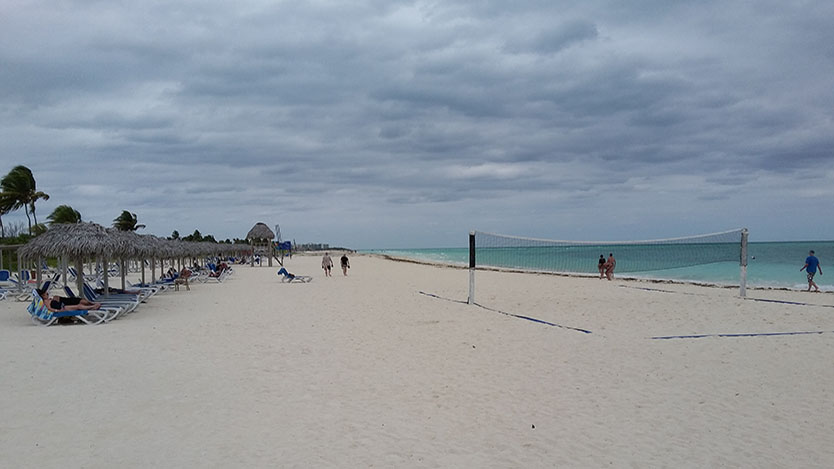A scientific study with the use of nuclear technologies certified that the levels of heavy metals and radioactivity in the sands of the beaches of the Jardines del Rey tourist destination, north of Ciego de Ávila, are not harmful to humans or to the species of fauna that they live in that place.

These studies are part of a project that began two years ago on the Bibijagua black sand beach, on the Isla de la Juventud, and later extended to the west, center and east of the country.
Dr. Oscar Díaz Rizo, professor of Nuclear Physics at the Higher Institute of Technologies and Applied Sciences of the University of Havana (InSTEC-UH), in charge of the investigations, revealed that the project is called Nuclear Application Technologies, the laser, optics and ultrasonic to produce goods and services, under the direction of InSTEC-UH, in which beach sands are being characterized, both from the radiological point of view, as well as their heavy metal composition.
The idea of continuing the investigations in resorts in other regions of the country is based on the fact that in areas close to Cuba there are important facilities whose possible emissions of radioactive waste could reach the coasts, which makes it essential to know, as a baseline, the levels of natural radioactivity present in them.
It is added to this the fact that the sandbanks are the habitat of multiple marine species, and many of them camouflage themselves and protect themselves there from their predators.
Professors and students from the University of Havana (InSTEC-UH and the Faculty of Biology) participate in the study, as well as researchers and technicians from the Centers for Environmental Studies of Cienfuegos, of Advanced Studies of Cuba and of the Guanahacabibes National Park, all from CITMA; in addition to the National Company for the Protection of Flora and Fauna, of the Ministry of Agriculture.




